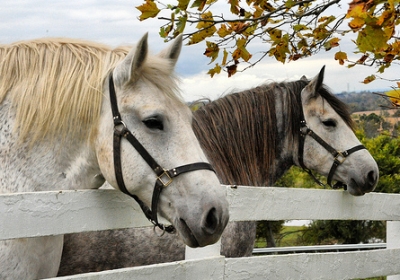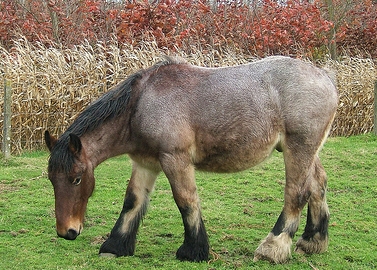Ray Smith, PhD, professor and forage extension specialist at the University of Kentucky, in a publication when at Virginia Tech University that he helped author, stated that the concentration of moisture in hay contributes to the microbial activity leading to hay fires.
Smith further stated that before baling, hay should be cured to the proper moisture concentration – 20% or less for small rectangular bales and 18% or less for large or round bales. Experts believe that moisture concentration in square bales should be less than 16.5% to help avoid mold when stored.
Most hay fires can occur within 6 weeks after being baled. The hay spontaneously combusts. Heavier than average late spring rains can affect baling schedules and quality of baled hay. The threat of fire is usually greater in late spring or early summer, but can occur whenever hay with high moisture content is baled.
A long probe with a thermometer attached should be used to measure the temperature of the bales. Make sure the thermometer reaches deep into the bale to get a correct temperature reading. Dr. Smith recommends checking hay bales twice daily for the 6 weeks following baling. Temperatures of 130-140 degrees should be checked every few hours. A temperature of 150 degrees will certainly rise. The affected hay should be taken to a cooler area where air can circulate. Continue checking every couple of hours. A temperature of 175 degrees or higher shows that the bale will combust momentarily or a fire has already started. Keep the fire department apprised of temperatures over 150 degrees and call them immediately for temperatures of 175 degrees or more.
For more information about hay fire prevention, read the Virginia Tech paper and call your local fire department for further safety tips.



